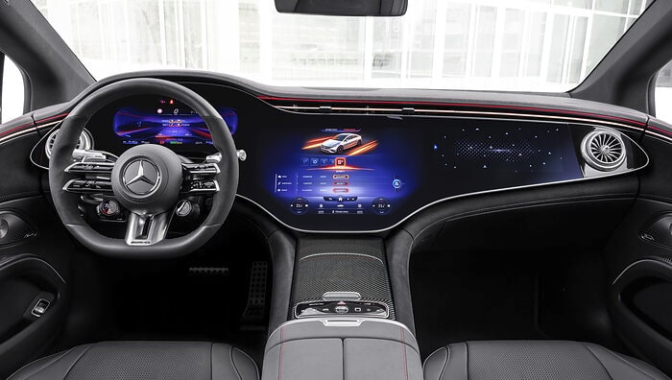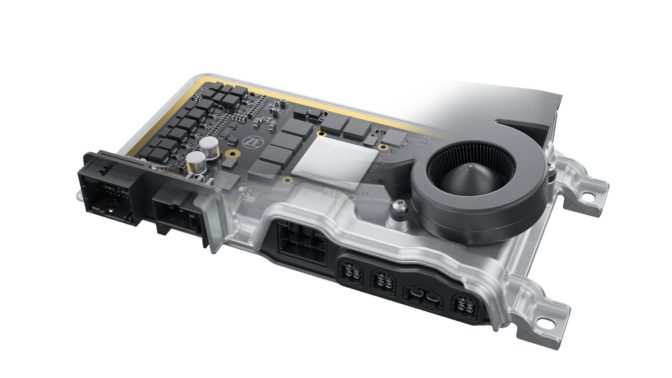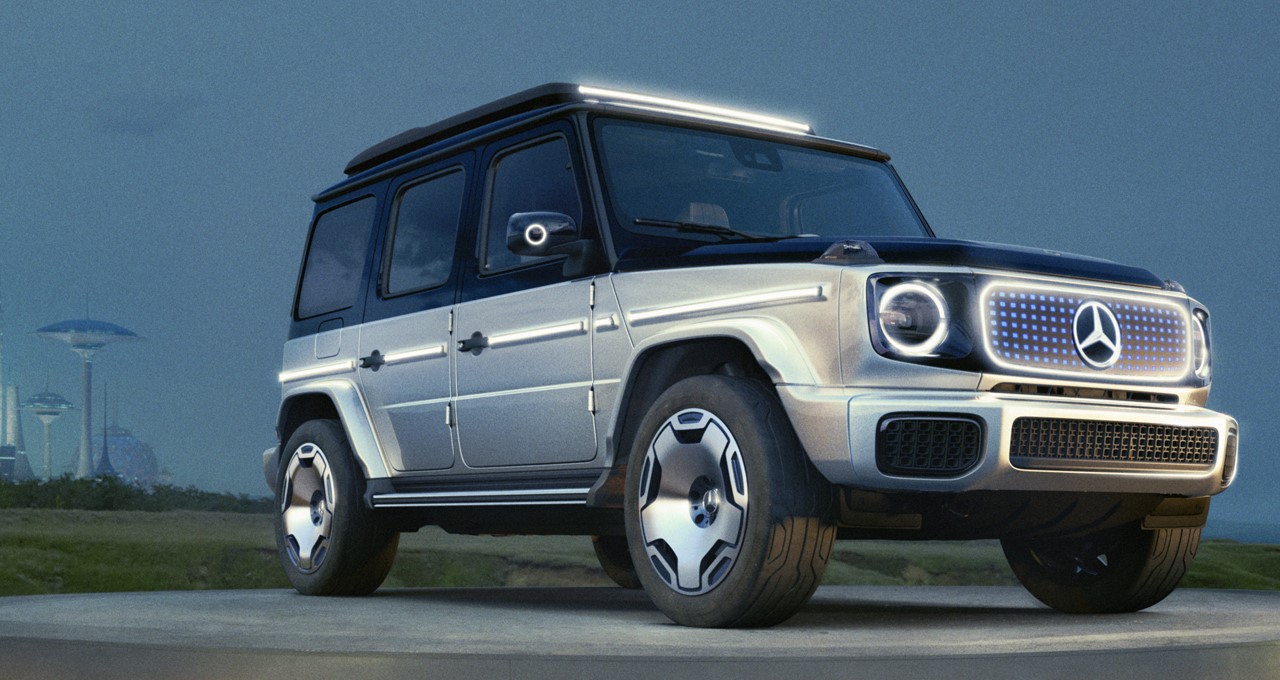The transportation industry is adding more torque toward realizing autonomy, electrification and sustainability.
That was a key takeaway from Germany’s premier auto show, IAA Mobility 2021 (Internationale Automobil-Ausstellung), which took place this week in Munich.
The event brought together leading automakers, as well as execs at companies that deliver mobility solutions spanning from electric vehicles and robotaxis to bikes, e-scooters and shared services.
The event was a showcase for how major forces are revolutionizing the automotive space — and will change consumer, environmental and social behaviors for the better.
AV Requires End-to-End Development Flow
Ali Kani, vice president and general manager for Automotive at NVIDIA, helped kick off the week with a talk on how AI will transform the $10 trillion transportation industry.
Kani described how AI is being used at all stages of AV development, from the data center — where the vehicle’s deep neural networks are trained, tested and validated — to its diverse and redundant AI and AV systems.
The NVIDIA DRIVE platform, Kani said, can handle all of the critical layers necessary for AVs to safely reach our streets. It includes energy-efficient AV computers, sensor architecture, data processing, AV perception and mapping and cockpit software, as well as the infrastructure needed for training, testing and deployment.
Watch the replay of Kani’s talk.
Cars, Concepts and Collaboration
Several NVIDIA DRIVE partners demonstrated their latest green tech, concepts and innovations.
Mercedes-Benz showcased the full breadth of its current and coming electric mobility lineup — from compact models to the performance luxury saloon and multipurpose vehicles, which are a part of the company’s commitment to “lead in electric.”
Just a few months after its EQS model launch, the luxury automaker revealed the new electric EQE sedan. The sporty business saloon offers all of the essential functions of the EQS in a more compact form. It will feature a battery with 90-kilowatt hours of usable energy content and a driving range of up to 660 kilometers, or 410 miles.
The MBUX Hyperscreen display is available as an option on the EQE. It’s a single widescreen panel that runs on the high-performance, energy-efficient NVIDIA DRIVE platform for instantaneous AI processing and dynamic graphics capabilities.

The automaker also revealed a number of other EV models, including the Mercedes-Maybach EQS all-electric concept SUV and the EQB compact electric SUV. IAA attendees got a sneak peek at the highly anticipated Concept EQG, an all-electric model variant of its utilitarian, off-road icon, the G-Class.
“Wherever market conditions permit, Mercedes-Benz will be ready to go fully electric by the end of the decade,” said Markus Schäfer, member of the board of management of Daimler AG and COO of Mercedes-Benz.
ZF, a key automotive supplier and NVIDIA partner, unveiled the newest ZF ProAI, the company’s most flexible and powerful supercomputer to date. Powered by NVIDIA DRIVE, ZF ProAI is available in scalable performance levels up to 1,000 TOPS.
Compared to the previous generation, ZF has increased its supercomputer’s performance by up to 66 percent and slashed energy consumption by up to 70 percent. The ZF ProAI is suitable for any vehicle type and levels 2 to 5 of automated or autonomous driving.

Another NVIDIA DRIVE partner, Continental, commemorated its 150-year anniversary during IAA. The company talked about its shift in focus from hardware to software and how it’s bringing cross-domain thinking and end-to-end-connectivity to vehicles to stay ahead of the curve of the auto industry’s software-defined transformation.
Continental and NVIDIA have been working together for several years. In June 2020, Continental announced it was putting its supercomputer for vehicle AI system training — powered by InfiniBand-connected NVIDIA DGX systems — into operation to boost its autonomous driving development performance.
The NVIDIA DRIVE platform is the widely adopted platform in the automotive industry — utilized by hundreds of companies spanning auto- and truck makers, tier 1 suppliers, robotaxi companies, software providers, sensor manufacturers, mapping companies and AV startups.
The IAA exhibitions made clear that NVIDIA is at the heart of the development and deployment of self-driving cars that will bring greater safety, convenience and delight to the road ahead. Such work will help put congested traffic, harmful emissions and fossil fuel dependence in the rearview mirror.
Learn more about the NVIDIA DRIVE platform, and don’t forget to register for GTC, which is coming up Nov. 8-11.
Feature image: The Mercedes-Benz Concept EQG. Credit: Mercedes-Benz
